By Marc G. De Santis
“But so long as the Carthaginians held unchallenged control of the sea, the issue of the war still hung in the balance. In the months that followed many inland cities came over to the Romans for fear of their army now that they were in possession of Agrigentum, but at the same time many of the coastal cities deserted them because of they were overawed by the Carthaginian fleet. So when the Romans saw that the balance of advantage continually oscillated from one side to another for this reason, and that while the Italian coasts were repeatedly raided and devastated those of Africa suffered no damage, they were filled with the desire to take to the sea and meet the Carthaginians there. It was this factor among others that persuaded me to describe the war at greater length than I would otherwise have done. I was anxious that my readers should not remain ignorant of an important initiative of this kind: that is, how and when and for what reasons the Romans first ventured upon the sea.”
— Polybius
So wrote the Greek historian Polybius in his account of the first war between the Romans and Carthaginians. For Polybius, the creation of a mighty navy by the Romans, who were historically land oriented, was a remarkable achievement worthy of note. The Romans’ appreciation of seapower enabled them to defeat the Carthaginians at sea and ultimately brought them victory in the war. The Romans called the Carthaginians “Punics” (Phoenicians) because the city of Carthage was founded in the late 9th century bc by settlers from the city of Tyre in Phoenicia. The First Punic War (264-241 bc), as it is now known to history, was the beginning of the rise of the Romans to dominion over the Mediterranean, and the origin of Rome’s mastery in this conflict can be traced in part to its determination to take the fight to the enemy at whatever cost.
It was perhaps inevitable that Rome and Carthage should go to war against one another. By the middle of the 3rd century bc both were rising states energetically expanding their territory. The Romans were an agrarian people. They had no king, but instead their state and armies were led by two annually elected magistrates known as consuls. The Romans had heretofore been content to confine their ambitions to the Italian mainland. In contrast, the Carthaginians, whose homeland was modern Tunisia, were far-ranging traders. Their commercial interests had led to extensive involvement in Sardinia, Corsica, and Spain. It was in Sicily, however, that the Romans and Carthaginians first found themselves at odds. Roman expansion southward through the Italian peninsula brought Roman arms tantalizingly close to that island, which lay just across the Straits of Messina. The Carthaginians, for their part, had maintained a presence in southern Sicily for several centuries and had frequently made war against the Greek cities on the eastern side of the island.
Polybius: Military Analyst
Much of our knowledge of the events of the First Punic War derives from Polybius. He was born in the Greek city of Amphipolis and served as an officer in the Achaean League’s cavalry during the early 2nd century bc. He was sent to Rome as a political prisoner in the 160s bc, but this was not the misfortune that it first appeared. Polybius was an intelligent and charming fellow and became close friends with Scipio Aemilianus, one of the leading Romans of the day. Through this friendship, Polybius was able to observe many of the era’s most important events firsthand.
Polybius’s extensive writings included a book on military tactics, now lost. His most celebrated work describes the expansion of Roman power throughout the Mediterranean and is an invaluable source for Roman history in this period. As to military affairs, Polybius had a keen eye for detail and was incisive in his appreciation of the realities of military action. Among his most remarkable stories was one concerning the creation of the Roman navy.
The Taking of Messana
The First Punic War began in this way: In the mid-280s bc, the Mamertines,a group of raffish mercenaries from Campania (the region around Naples), took control of the city of Messana (modern Messina) in Sicily, which lay just across the Straits of Messina from the toe of the Italian boot. They behaved in an altogether atrocious fashion. The Mamertines were later mauled in battle by an army under King Hiero of the Sicilian Greek city of Syracuse, in 274 bc. They were thus left in a severely weakened position and appealed to Rome for protection. Meanwhile, another faction of the Mamertines asked the Carthaginians for their help, and a Carthaginian force was allowed to take over the citadel of Messana.
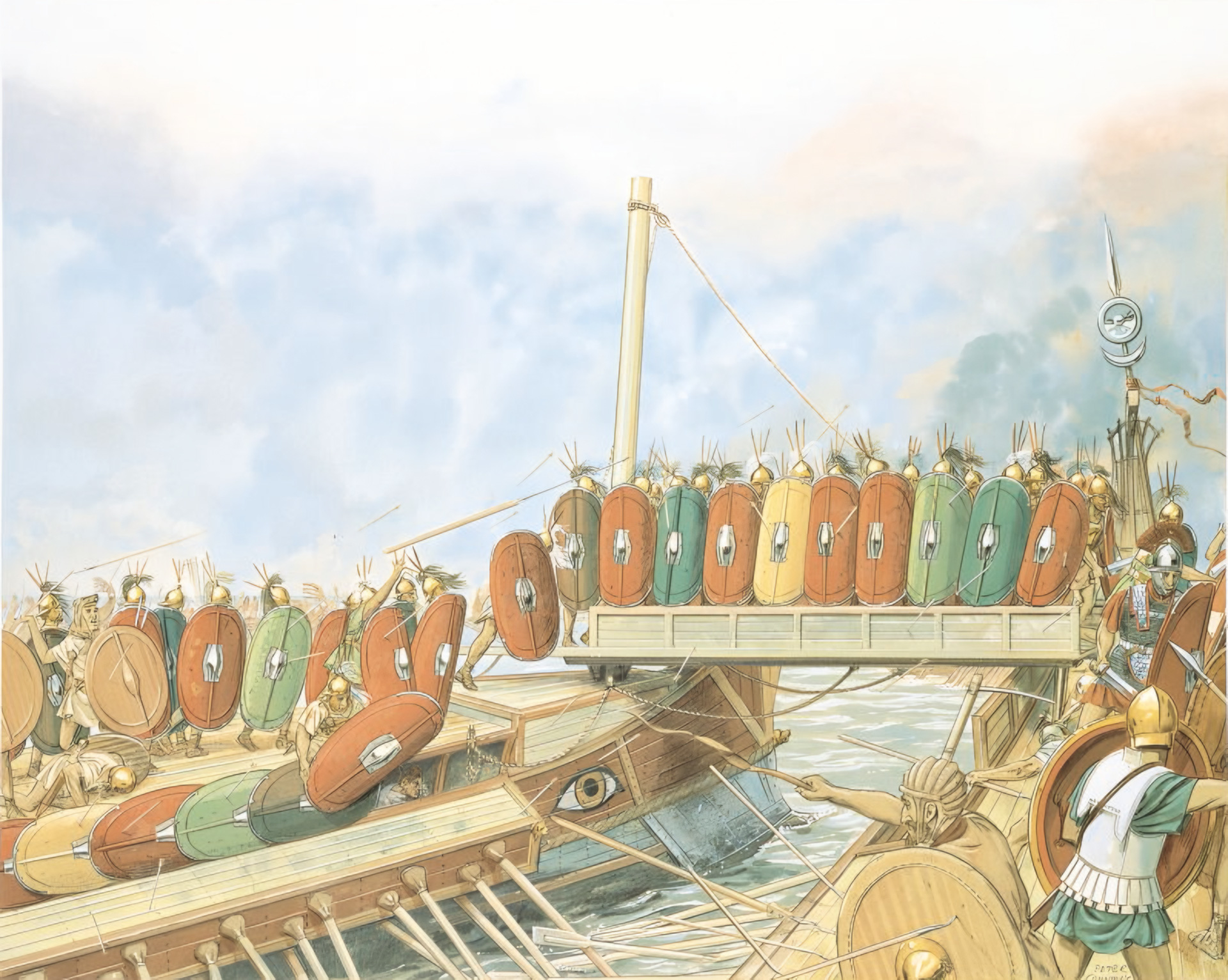
The Romans had little sympathy for the Mamertines, who had behaved so wretchedly, but Rome feared the expansion of Carthaginian power in Sicily. The Romans clearly saw that the Carthaginians were well-established in Spain, Sardinia, and Corsica and feared the consequences of the consolidation of Carthaginian control of Sicily. Roman thinking went that if Messana should become a Carthaginian possession, Syracuse would soon follow. So the decision was made in Rome to prevent the Carthaginians from acquiring Messana and thereby a springboard for a future invasion of Italy.
In 264 bc, the Romans authorized troops under their consul Appius Claudius Caudex to go to the aid of the Mamertines. This was the first time that Roman troops would operate outside of Italy proper. The Mamertines, faithless mercenaries as ever, managed to trick the Carthaginian garrison into leaving the citadel, which was a defensible position, and invited Appius Claudius—still on the mainland—to take possession of Messana. The Carthaginians were disgusted with their commander for evacuating the citadel and crucified him for his poor decision. The Carthaginians then laid siege to the Mamartine-occupied city and positioned their fleet nearby. They were soon joined by an army from Syracuse under Hiero, which took up position to one side of Messana, opposite the Carthaginians.
Appius Claudius, still on the mainland, was anxious about entering into a city surrounded by the Carthaginians and the Syracusans, and tried to negotiate, but was rebuffed by both. Consequently, Appius Claudius decided that he had to risk an open battle and sent his army outside Messana to take on the Syracusans. The Romans defeated these Greeks in a sharp battle, so the Syracusans abandoned the siege and went home. Appius Claudius next turned his attention to the Carthaginians, who had until this time been unengaged. The Romans drove them off with great losses, thus raising the siege.
In the next year, 263 bc, the Romans sent their entire army—numbering about 40,000 soldiers, including allied troops—to Sicily. Many cities came over to the Romans and this induced Hiero to conclude a treaty of friendship with Rome.
After establishing a peace with Syracuse, the Romans reduced the size of their army in Sicily. Conversely, the Carthaginians decided to reinforce theirs. They recruited a number of Celts and Spaniards as mercenaries and sent an army to Agrigentum (Agrigento), which was to serve as the Carthaginian base in Sicily for the war. The Romans immediately dropped all other plans and concentrated their forces against Agrigentum. Then a Carthaginian relief force fell in behind the Romans and cut off their supplies. Soon, both the Carthaginians trapped in Agrigentum and the Romans outside were feeling the effects of hunger. Both antagonists decided to chance a battle in the open. The Romans were victorious. They repulsed the Carthaginians and captured the city, taking many prisoners and much booty.
The Birth of the Roman Navy
In the ensuing months of 261 bc, the war seesawed. The Romans would intimidate the Sicilian cities with the power of their army, but the Roman army could not be everywhere. The Carthaginian navy would then frighten many cities on the coast back into allegiance. Further, the Carthaginians were raiding Italian shores with impunity. Seeing that the strategic situation would not soon change without a navy of their own to challenge the Carthaginian supremacy at sea, the Romans decided to build one.
The Romans were undeterred by their utter lack of experience with naval matters; they simply pressed on with dogged determination. They began a daring war galley construction program of 100 quinqueremes and 20 triremes. Rowers were trained on land to work their oars while sitting on benches. Roman shipbuilding skills were deficient, however, when it came to building the large quinqueremes. No vessel of this size had ever been used before in Italy. Nonetheless, the Romans grimly pushed on with the construction, so sure were they of the need to take the fight to the Carthaginians at sea. The Romans’ dearth of nautical knowledge and skill was such that even just a short time earlier they had been compelled to rely on the fleets of allied Italian states for ferrying their soldiers to Messana. Fortunately, during this transport, the Romans serendipitously captured a Carthaginian quinquereme and this vessel became the model for all subsequent Romans ships of that class. Every specification was copied from the Carthaginian vessel and because of this prize, the Romans were able to make up in part for their deficiency in shipbuilding expertise.
The Carthaginian Navy
Had the Romans fully grasped the superiority of the Carthaginian navy and the long head start in all things nautical the Carthaginians had over them, they might have had second thoughts about the whole endeavor. The Carthaginians were truly a maritime people whose empire across the western Mediterranean was knit together by naval power.
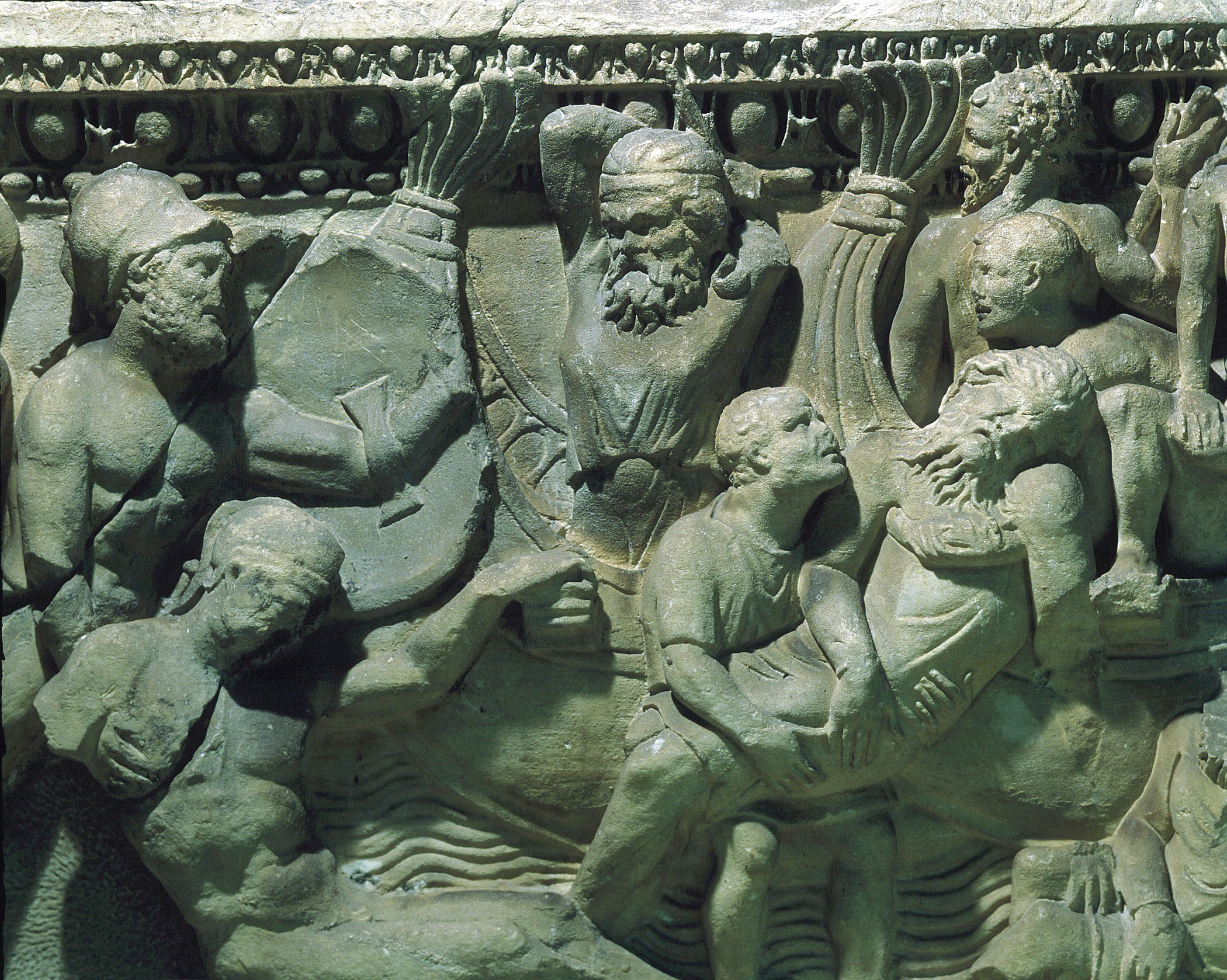
The Carthaginians had inherited their nautical aptitude from their Tyrian ancestors. The Phoenicians were some of the greatest sailors in history and their Carthaginian descendants were no less capable. Carthaginian naval power was upheld by both its military ships in the form of war galleys, which were typically powered by oar, and also by its trading vessels. Merchant ships held the network of Carthaginian trading posts together, protected by the war galleys of the battle fleet.
The mainstay warship of both the Carthaginian and Roman fleets was the quinquereme (for the Latin words quinque—five—and remus—oar, but meaning a ship with five oarsmen for a rising unit of three oars). Ancient war galleys used sails, but not while in combat, so propulsion in battle was provided by a ship’s oarsmen. There has been much confusion concerning the oar systems of ancient galleys. No ancient treatise exists that can help historians conclusively state how ancient galleys were propelled through the water. However, through a close examination of surviving pictorial evidence and also from modern reconstructions of ancient-style galleys, at least an approximation of what a warship of the First Punic War would have looked like can be derived.
A trireme, for example, had three levels of oars per side. Each oar had one rower. If viewed in cross-section, it would appear that one rower in a rising unit of three oars was seated just above another. A quinquereme was similar in plan to the trireme (i.e., three levels of oars, not five), but differed primarily in its larger overall size and greater number of rowers. Viewed once more in cross-section, those same three oars would have five rowers. The uppermost two oars would each have two rowers and the bottom oar would have one. A Roman quinquereme had 90 oars per side, arranged in three levels). This meant that a quinquereme would have embarked 300 rowers.
A quinquereme thus had more rowers than a trireme. The added rowers would generate more power, enabling the movement of a larger vessel. A larger ship had the advantage of added mass during a ramming attack and greater height in a boarding action. In addition, quinqueremes were typically more seaworthy in rough weather.
Ancient shipwrights used the mortise and tenon method to construct these vessels. Mediterranean ships of this time were built shell first. That means the outer hull was constructed with planks joined edge to edge, and then later reinforced internally. A tenon was a small board that was fitted into a mortise which was a groove cut into the edge of each plank. Several of these were evenly spaced along the length of the plank. Each tenon had holes into which a hardwood peg was hammered. This method of carpentry produced a strong fit between each plank, and the process was repeated until the entire hull was completed. Braces were then added to the inside of the ships as the hull gained shape and the galley thereby gained rigidity.
The primary tactics employed by ancient war galleys in battle were ramming and boarding. Missile-firing weapons were, of course, also used, but the power and number of these devices were insufficient to be decisive. Ramming, on the other hand, could sink another ship, and to this end large cast-bronze rams were attached to the front of each galley. These rams were heavy, likely weighing well in excess of half a ton in quinqueremes. Rammings, it should be noted, were not high-speed affairs. The highest speed attainable by a fast galley for short periods was not greater than 10 knots and the larger quinquereme was somewhat slower. Moreover, the target was usually moving as well, so the ram was not always head-on. Damage was done by virtue of the great mass of the ramming vessel. Once a ramming attack was successful and the attacker had backed away, water would rush into the hole made by the ram. In this way a ship could be flooded and sunk.
Ramming was not the only workable tactic. Boarding was also common and had the added advantage that, if the action was successful, an attacker might gain the enemy ship as a prize. Although it is known that boardings at sea took place, little concrete information is known about how they were conducted. A boarding action might be fought after a ram attack or might occur when two combatants found themselves in close enough proximity to make such an assault possible. Roman tactical genius during the First Punic War was best displayed in the development of a novel means of boarding, which granted them a tactical advantage during sea battles.
The Corvus
As soon as some of the newly built Roman ships were ready for service they put to sea under the command of Consul Gnaeus Cornelius Scipio and headed for the Straits of Messina. Roman inexperience showed during this foray, however, when a 17-vessel squadron was cornered in the harbor of Lipara, a small island off the coast of Sicily. The consul surrendered and his ships were taken as prizes.
Sensing that their knowledge of seacraft was still significantly inferior to that of the Carthaginians, the Romans hit upon an innovative tactic that helped them even the contest. Displaying the practical ingenuity for which they are now famous, the Romans invented a device that enabled them to grab hold of enemy ships while at the same time allowing their excellent heavy infantry to board them.
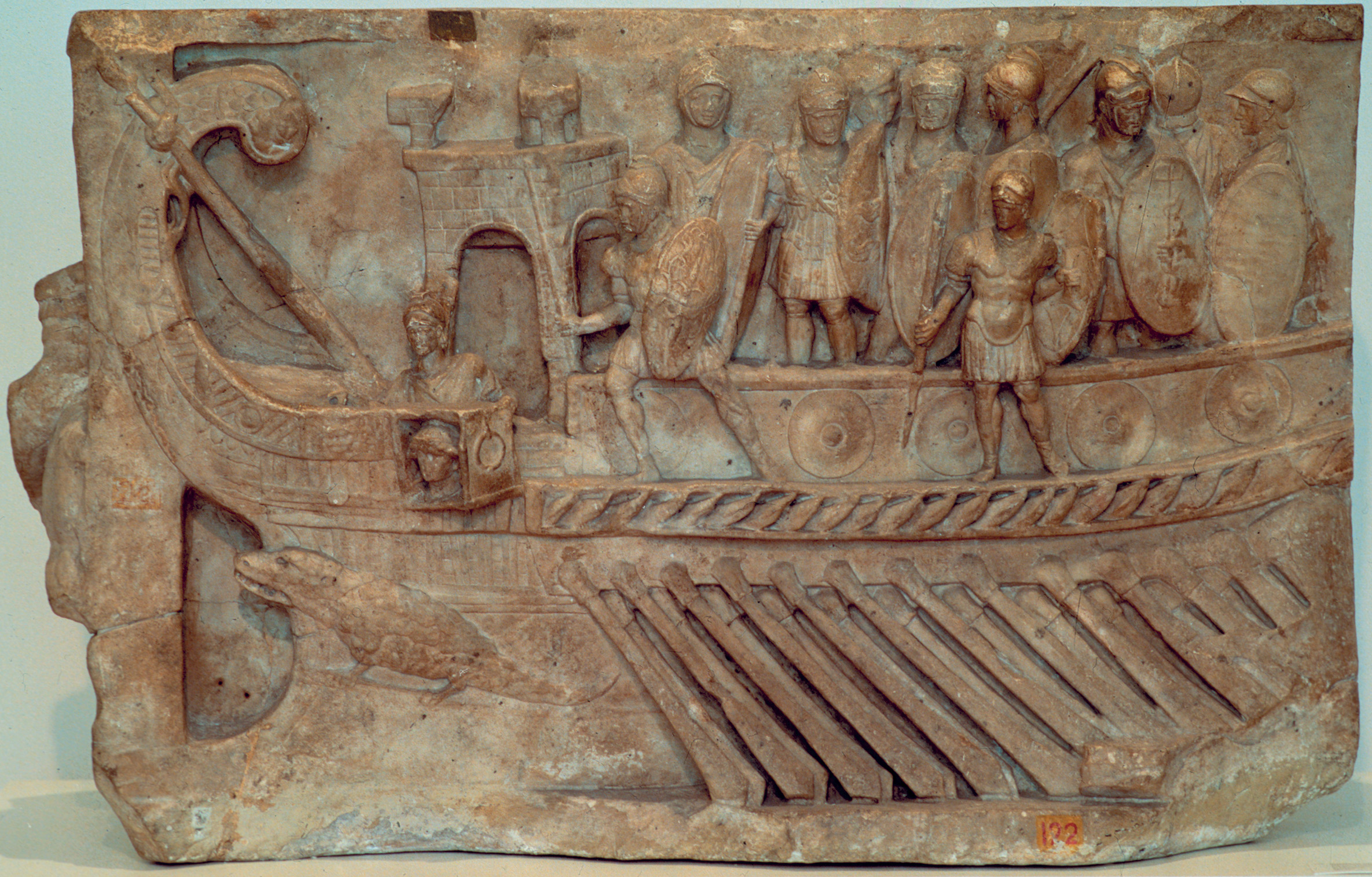
This device was called the corvus, or raven. It was so named because the device was held in place in an enemy ship by an iron spike resembling a beak. The raven was a long gangplank that could be raised on a pole by means of a pulley and swung about in any direction. The Romans would advance their ships toward their enemy and drop the ravens onto the decks of the enemy vessels. Once secure, the Roman legionaries would move down the gangplank by twos, their shields in front of them, followed by other legionaries, who held their own shields to the sides to provide all-around protection.
After the debacle at Lipara, the Carthaginians were filled with scorn for the naval skills of the Roman landlubbers. Their land forces were conducting raids in the area of Mylae (Milazzo) in 260 bc when another Roman fleet hove into sight, now under the command of Consul Gaius Duilius. The Carthaginians launched their own fleet of 130 ships as soon as they spotted the Romans, thinking an easy victory was at hand. The Carthaginian fleet, commanded by an admiral named Hannibal (not the later army general), approached the Roman fleet with soaring confidence. The Carthaginian war galleys did not keep formation as they raced to meet the Roman foe. The Carthaginians took note of the strange devices aboard each Roman ship, but did not divine their purpose. Nevertheless, they attacked immediately. To their surprise, the leading Carthaginian ships soon found themselves held fast by the ravens as Roman soldiers quickly clambered aboard. The clash was not so much a naval battle as it was an infantry action fought at sea. The Carthaginians lost 30 of their ships in this fashion, including Hannibal’s flagship.
Seeing the threat posed by the ravens, the rest of the Carthaginian fleet attempted to circle around the Roman ships in order to ram them in the sides or rear. The cleverness of the ravens’ design, however, allowed them to be swung around in any direction, and so more of the Carthaginian ships came to grief when they were impaled by the ravens’ beaks. These ships then fell prey to Roman infantry. The Carthaginians finally managed to disengage and escape, but not before they had lost some 50 ships in the battle.
The Romans were gratified by the success at Mylae and were thus further committed to their strategy of taking the fight to the Carthaginians at sea. Now pressing their advantage, the Romans utilized their new seapower to affect the struggle for Sicily. The Roman fleet was used to raise the siege of Segesta and later to take the city of Macella as well.
After the battle at Mylae, the Carthaginian admiral Hannibal returned to Carthage where he reinforced his fleet. Once this was accomplished he sailed for the island of Sardinia. He repeated the blunder of Cornelius Scipio at Lipara, however, and found himself blockaded in a harbor on Sardinia where he lost many of his ships. The Carthaginians who survived this battle were not at all pleased by the results of Hannibal’s command and had him arrested and crucified then and there.
The war in Sicily dragged on for the next year or so. In 257 bc, the Roman fleet was under the command of Consul Marcus Atilius Regulus. The Carthaginian fleet was spotted cruising off Tyndaris and Regulus sallied forth to meet it with an advance flotilla of 10 ships. The Carthaginians astutely noticed that the bulk of the Roman fleet was just then readying itself for action and that the small force under Regulus was unsupported. The Carthaginians therefore turned on the smaller Roman force and sank nine of their vessels—the consul’s own ship barely escaped. Then the rest of the Roman fleet showed up and struck at the Carthaginians, sinking eight ships and taking nine as prizes.
The Battle of Cape Economus
In preparation for the summer campaign of 256 bc, the Romans continued to construct more ships and sailed forth in strength with an enormous fleet of 330 vessels. This fleet rounded the eastern coast of Sicily and made for Ecnomus (modern Poggio Di Sant’Angelo), where they would embark the Roman legionaries. The Carthaginians had also been busy with a naval building program of their own, and issued out of port with a massive fleet numbering 350 ships. The Carthaginians made for Sicily as well and dropped anchor at Heracleia Minoa, just five miles away from the Roman fleet at Ecnomus.
The Roman strategy for 256 bc was to threaten the Carthaginians on their own African soil. Consequently, the Romans had embarked a large expeditionary force at Ecnomus to either sail to Africa or to fight on the seas against the Carthaginian fleet. Polybius says numbered 140,000 sailors, rowers, and legionaries. The Carthaginians are estimated to have had as many as 150,000 men aboard their ships. While the numbers of troops involved in ancient battles are always difficult to trust completely, what does come across from Polybius is the tremendous size and unprecedented scale of the coming battle. If the historian’s figures are at all close to accurate, then the battle soon to be fought off Ecnomus may be, in terms of number of men involved, the largest naval battle of all time.
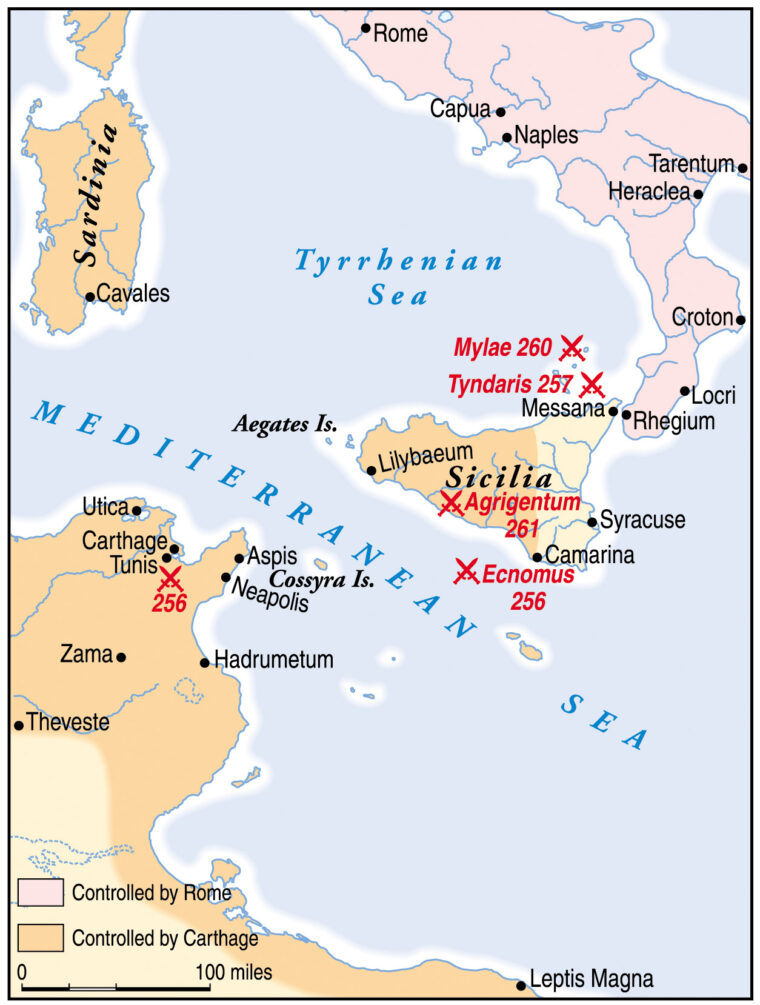
The Roman fleet was led by the two consuls for the year: Marcus Atilius Regulus (consul for a second time) and Lucius Manlius Vulso, both in a pair of “sixes,” that is, each unit of three oars required six men to row. These were the largest ships in the Roman order of battle and were stationed in the front and center of the fleet. Slightly to the sides and rear of each of these were two lines of ships, the first and second squadrons, which were staggered in deployment so that each vessel was pointed toward the open sea. These ships thereby formed a wedge with the consuls’ sixes at the tip. At the base of the wedge was the third squadron, arrayed in line abreast formation. The ships of the third squadron towed the transport ships carrying the mounts for the Roman cavalry. Right behind these were deployed the ships of the fourth squadron, in line abreast formation.
The Carthaginian commanders were aware of the enemy’s voyage and warned their men of the danger the Romans represented. If they lost this battle, the Carthaginians said, their homeland would be invaded and their very homes and possessions put at risk. The crews’ attention was focused by this message and they boarded their ships quickly, eager to do battle.
Three-quarters of the Carthaginian fleet was arrayed in a single line abreast, with its right wing extending toward the sea. The other quarter of the fleet formed a left wing that was deployed at an angle slightly forward of the rest of the Carthaginian line. In command of the right wing was Hanno, who had the fastest quinqueremes in the fleet under his control. This force was to execute an outflanking maneuver against the Roman fleet. On the left and center, Hamilcarus was in command. Hamilcar opened the battle with a clever tactic. The Carthaginian line in the center was thin and was under orders to retreat in the face of Roman pressure, with the intention of disrupting the Roman battle line. In fact, the Romans pursued the enemy eagerly and their leading squadrons were drawn off from those in the rear. Hamilcar’s flagship raised a flag to signal an about face and the whole of the Carthaginian line turned about to attack the pursuing Roman ships.
In the center, the contest was evenly matched. The Carthaginian ships were faster, enabling them to swing around the Roman flank, or more quickly enter or retreat from the fray. The Romans, on the other hand, had the advantage in boarding actions, owing to the ravens and their fierce legionaries. Once the ships were locked in close-quarters action, the Romans grappled any vessel that came near enough for the ravens to reach. Both of the consuls were present and Roman morale was high.
On the right wing, Hanno had at first hung back from the battle when the Romans had surged forward against the Carthaginian center. He then took this moment to attack the Roman fourth squadron in the rear of the Roman wedge and a fierce contest ensued. The Carthaginian left wing then joined the action and attacked the Roman third squadron. These Roman ships cut their tow ropes with the horse transports, which were left to drift, to take on the ships of the Carthaginian left wing.
The battle had therefore become three separate contests. After savage fighting, Hamilcar’s ships in the center of the line were driven off by the Romans. Manlius Vulso captured several Carthaginian galleys, which he took under tow. Regulus meanwhile hurried to the aid of the fourth squadron in the rear, and with this new reinforcement the Romans were able to gain the upper hand. The Carthaginian right wing then retreated out to sea.
Manlius Vulso then noticed that the Carthaginian left had cornered the Roman third squadron near to the shore. Because so many ancient sea battles were fought near land, being trapped near a shore with little room to maneuver was one of the greatest dangers to an ancient fleet. With no way to retreat, the Romans might be forced aground. Manlius Vulso hastened to their aid, and with the help of Regulus, who by this time had relieved the fourth squadron, the Roman ships cornered the Carthaginian left wing. The Carthaginians were unwilling to close with the Romans because of their fear of the ravens and so few escaped. Fifty of these Carthaginian ships were captured, along with their crews.
The Toll of Economus
When the battle was over, it was clear that the Romans had thoroughly defeated the enemy. The toll of the battle stood at 30 Carthaginian ships lost for only 24 Roman vessels. Furthermore, the Romans had captured 64 Carthaginian galleys, while not a single Roman ship was captured.
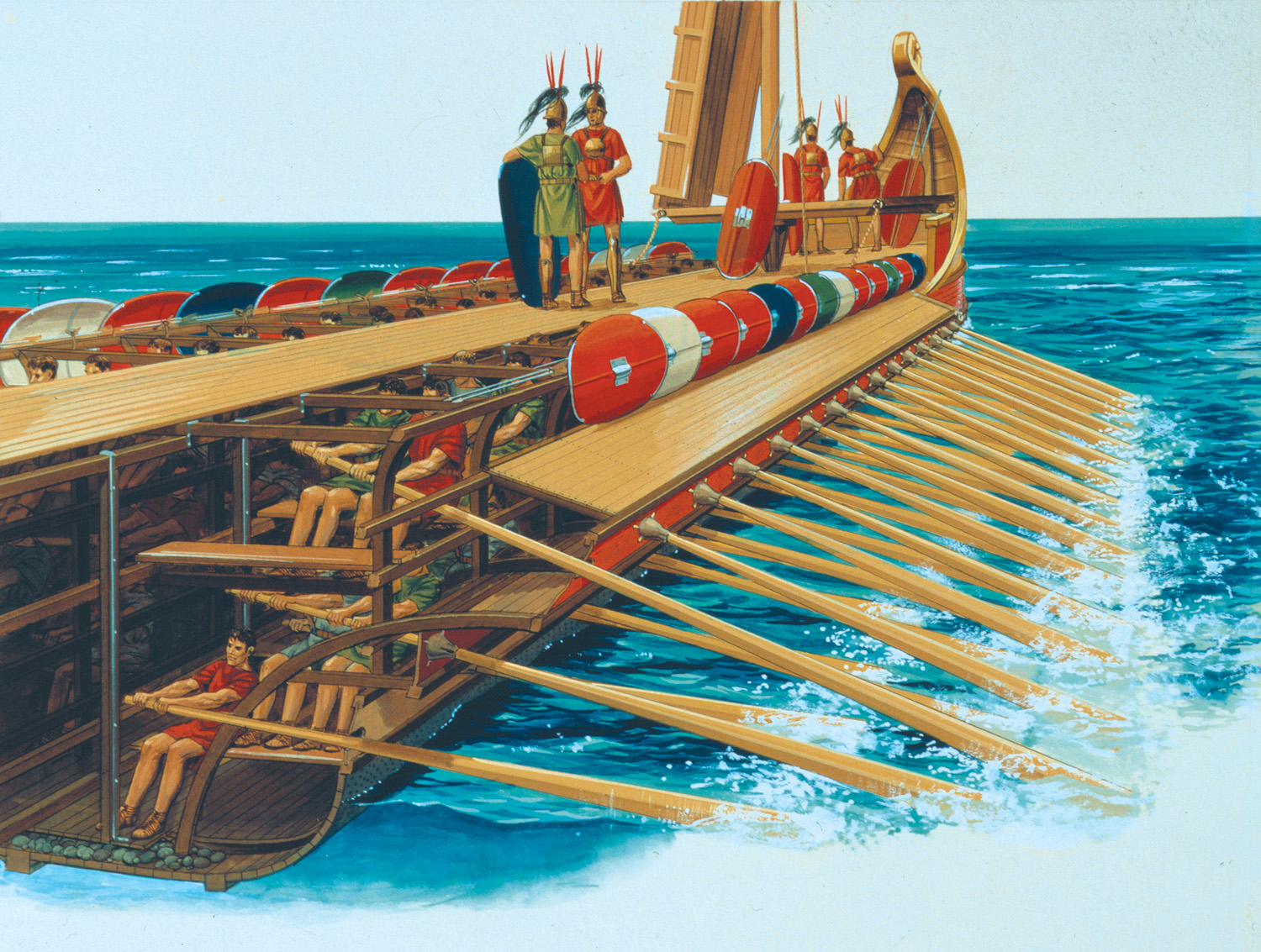
The ravens had proven invaluable. Roman training had improved the quality of their crews to the point where they could at least hold their own and get close enough to make the ravens count. Their ships were tough and well built, no longer inferior copies of the Carthaginian ships. Roman determination to win at sea had brought them from a standing start to parity and then superiority over the best navy in the Mediterranean.
Losses in men are more difficult to quantify. Because both Roman and Carthaginian quinqueremes were basically the same, the numbers of embarked rowers and other troops were likely similar. A Roman quinquereme had 300 rowers and approximately 120 fighting men aboard. If the Romans lost 24 ships, then their losses were at least around 10,000 men. The Carthaginians, who had 30 of their ships sunk, would have lost about 12,500 men in those vessels. These figures, it should be remembered, do not include those killed in the fighting on ships that were not sunk. Certainly there would have been survivors plucked from the waves by both sides, especially by the Romans, who remained in control of the area of battle afterward. However, the bloody nature of the struggle is apparent. Further, the Romans captured 64 Carthaginian ships with their crews. Whether killed or taken prisoner, the loss of 64 vessels to the Romans represents a staggering figure of around 27,000 men. The loss at Ecnomus, in killed or captured men, of an estimated 40,000 or more was a devastating blow to Carthaginian fortunes. They were never as numerous as the Romans were and consequently had a much more difficult time replacing losses. Moreover, as a result of Ecnomus, the Romans were now free to strike directly at Carthage.
Rebuffed at Tunis
At Ecnomus the Romans won a smashing victory at sea. Because of it, the way into the heart of enemy territory was open and the Romans took full advantage of the situation. Once their fleet was repaired, the Romans landed in Africa and quickly captured the town of Aspis. After taking much plunder from the countryside, Manlius Vulso and half of the Roman force were sent back with the fleet, so sure were the Romans of victory. Regulus stayed on in Africa with an army of 15,000 infantry and 500 cavalry. A Roman victory in battle near the town of Adys soon followed. The city of Carthage now waited fearfully for the arrival of the Romans.
Regulus then became greedy. He wanted the glory of capturing Carthage for himself. He was reluctant to allow his successor as consul (an annual appointment) to arrive before Carthage had fallen and thereby take the credit, since he considered the fall of the city only a matter of time. Regulus invited a peace delegation from Carthage to visit him, but his proposals for peace were deemed so harsh that the Carthaginians were unwilling to even listen to them. Regulus thus squandered a chance at a negotiated end to the war.
From this point, the Romans still might have turned the tide of the war and ended it quickly. Instead, a curious thing happened. The Romans lost a major battle on land. After excelling at sea and defeating the Carthaginians where the enemy had heretofore been the stronger, the Romans suffered a terrible defeat in battle somewhere in the vicinity of Tunis the following year, 255 bc.
As it turned out, the Carthaginians too could learn from others and had recently hired a mercenary Spartan general named Xanthippus to command their land forces. Xanthippus was capable and bold and lifted the spirits of the despondent Carthaginian soldiery. He used the Carthaginian superiority in elephants and cavalry to best advantage, as earlier Carthaginian generals had not. The result was a massive victory for the Carthaginians. The Romans may have lost as many as 13,000 men in the battle, while Carthaginian losses were negligible. Regulus himself was captured and sent to Carthage.
The (arguably) greatest naval battle in history was therefore not in any way decisive. The war dragged on for another 15 years after Ecnomus. Superiority at sea changed hands more than once. Roman fleets were dashed by storms, but the will of the Romans to prevail was most remarkable. No matter what the setback, the Romans were determined to win. Fleets were rebuilt and new armies were raised. By 241 bc, Carthage was exhausted by Roman perseverance and sued for peace.
The battle at Ecnomus may not have been decisive, but it was important because it showed what the Romans could accomplish when they set their minds to it. They were unmistakably on their way to empire. The Romans were a warlike people, but possessed other qualities beyond skill in war, such as in law and governance, architecture, and engineering. Their military virtues would make possible the expansion of the Roman state and the furtherance of Roman civilization across three continents.
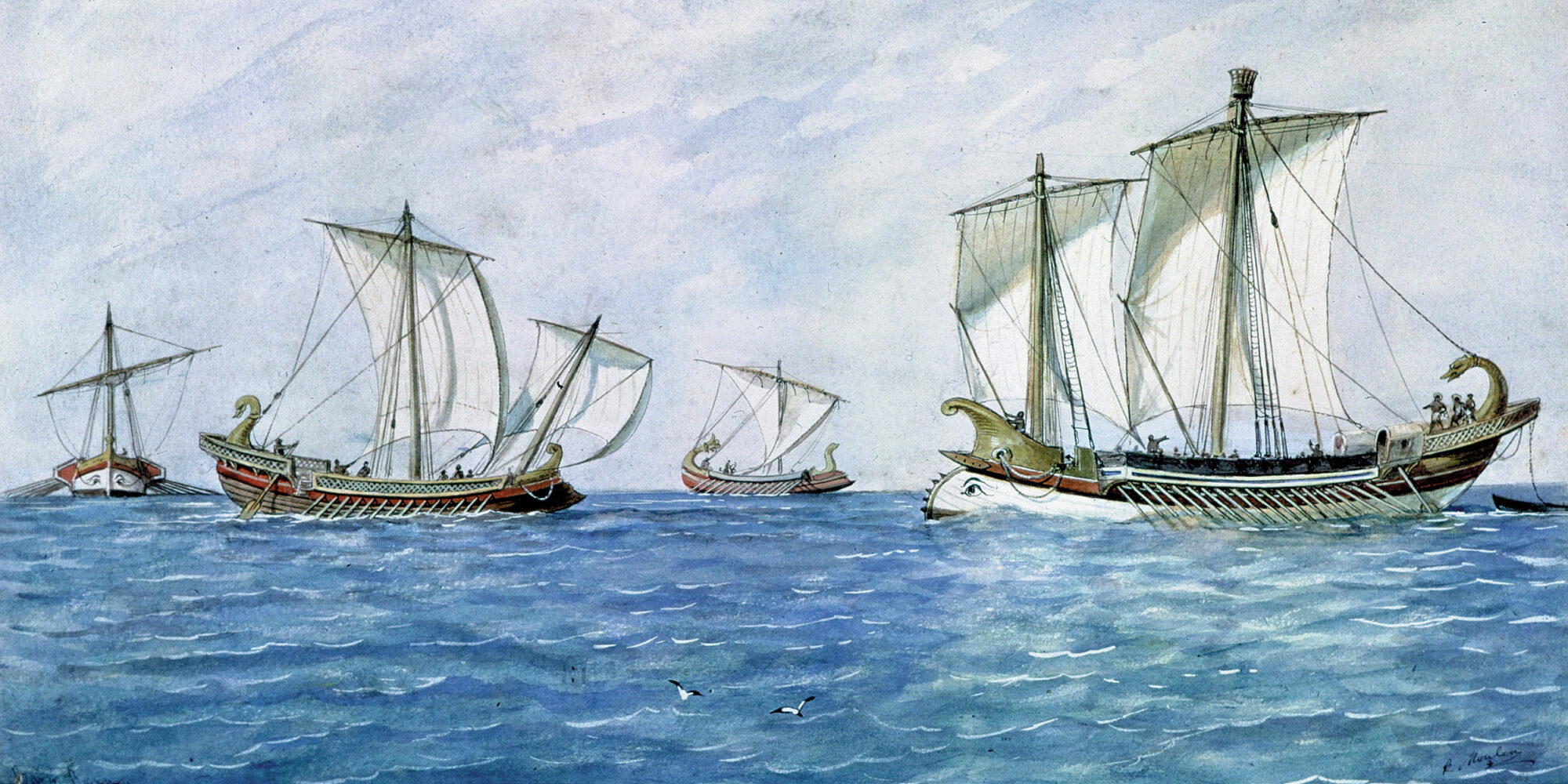
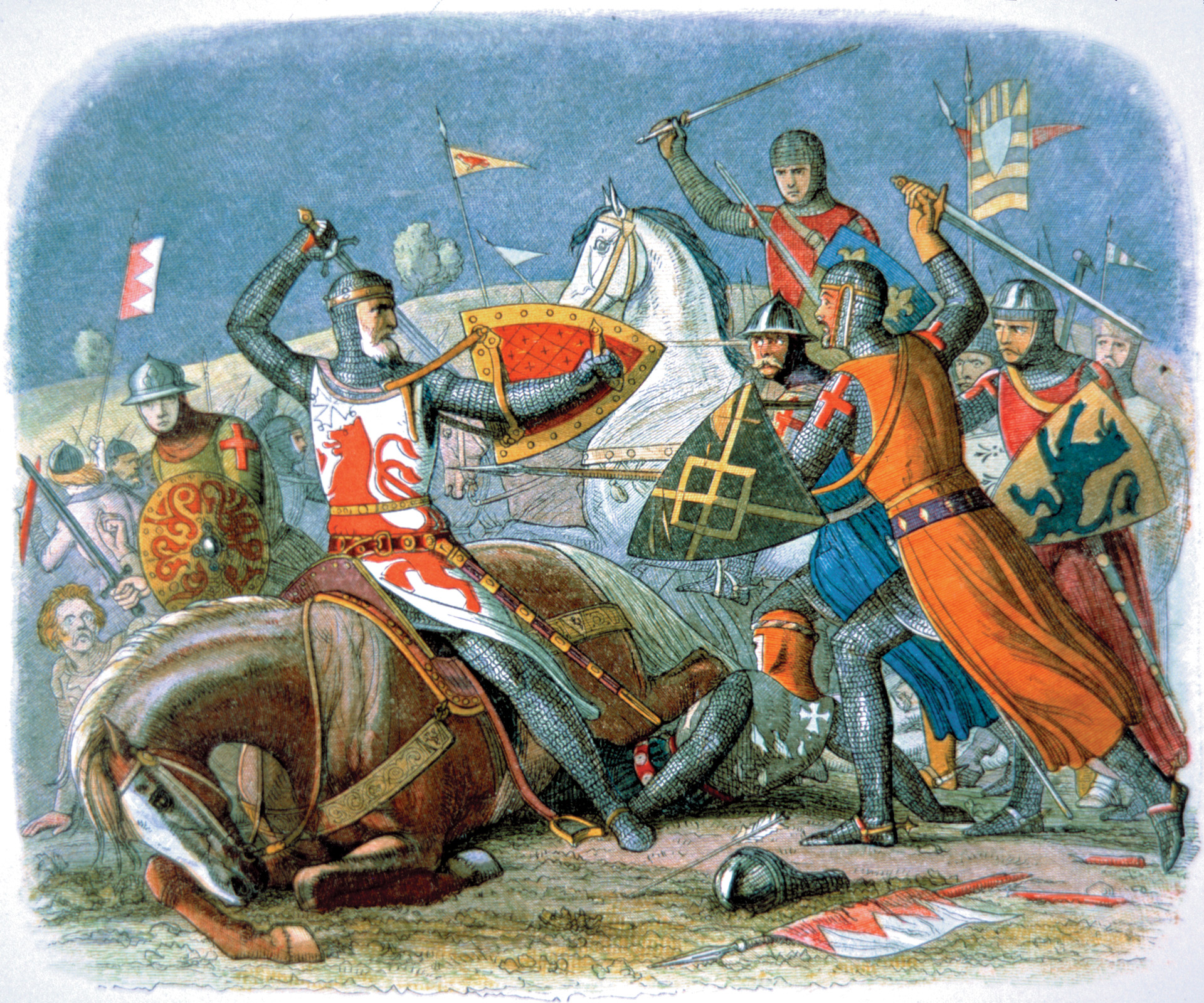
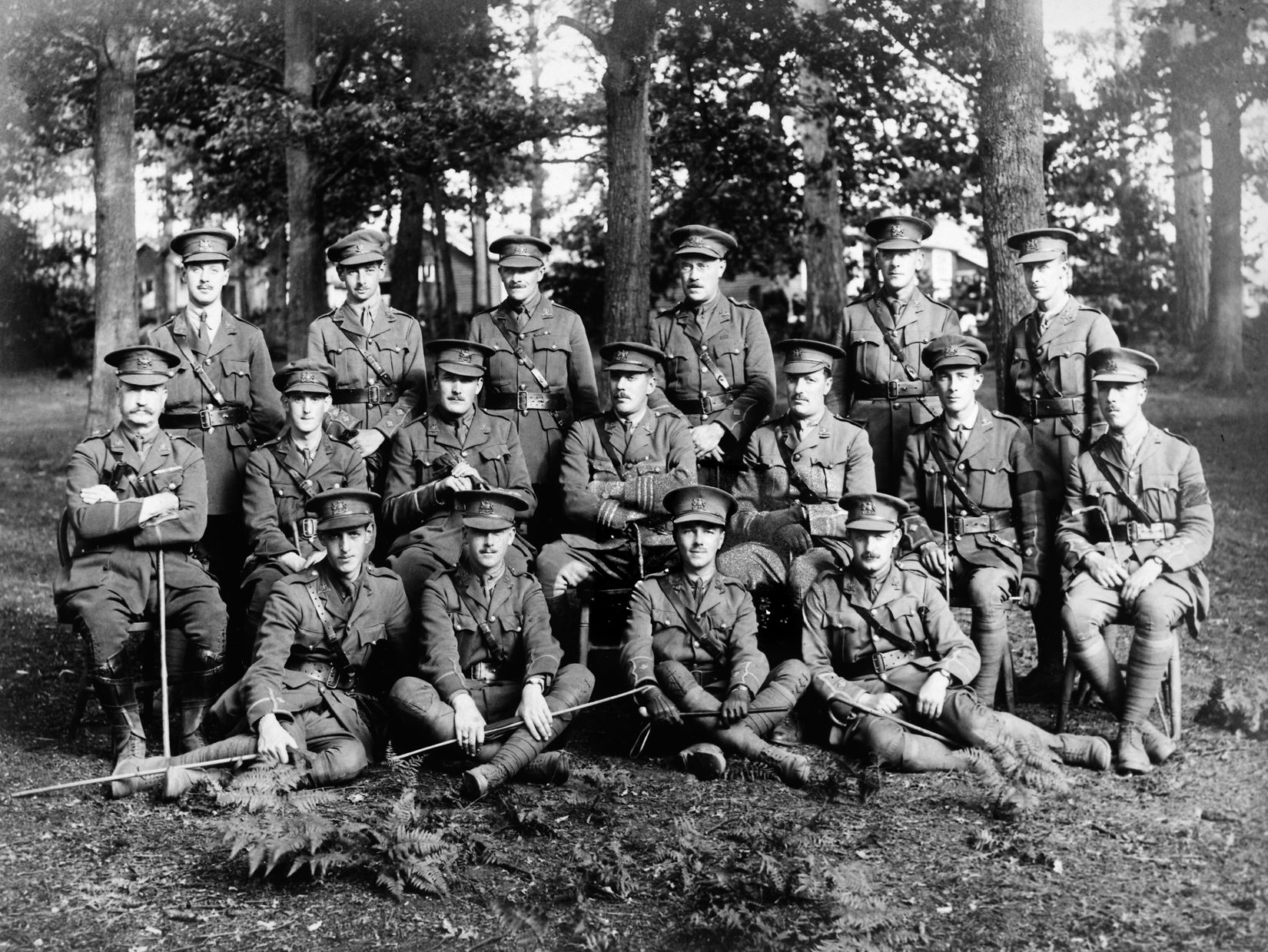
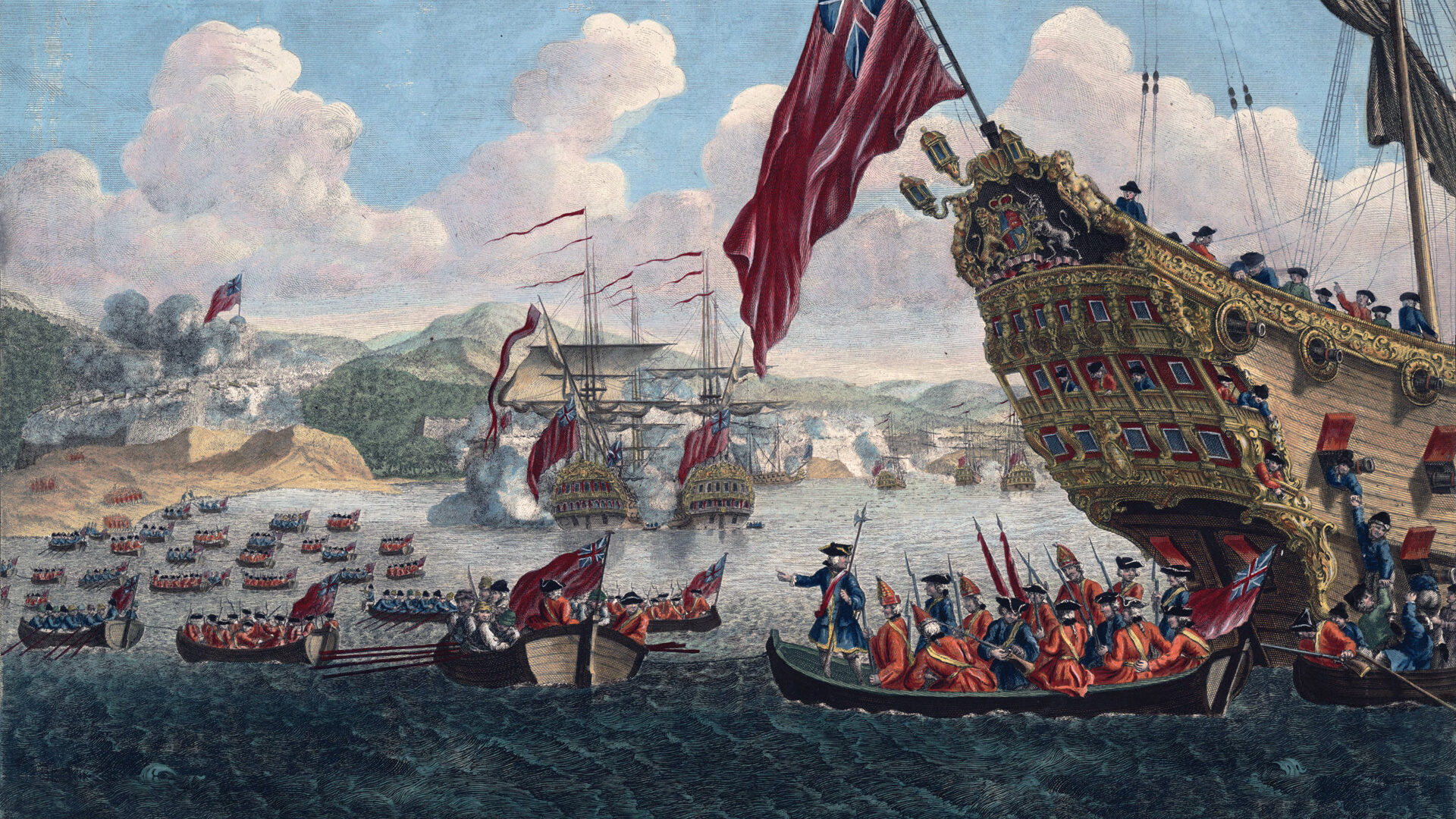
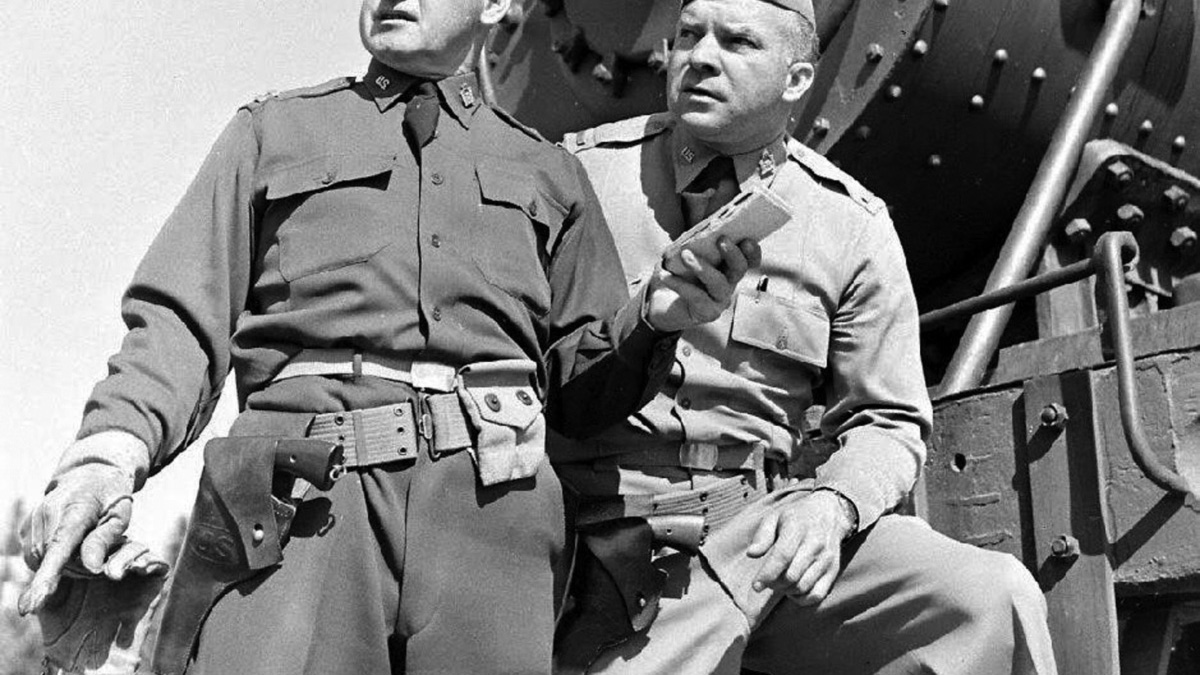
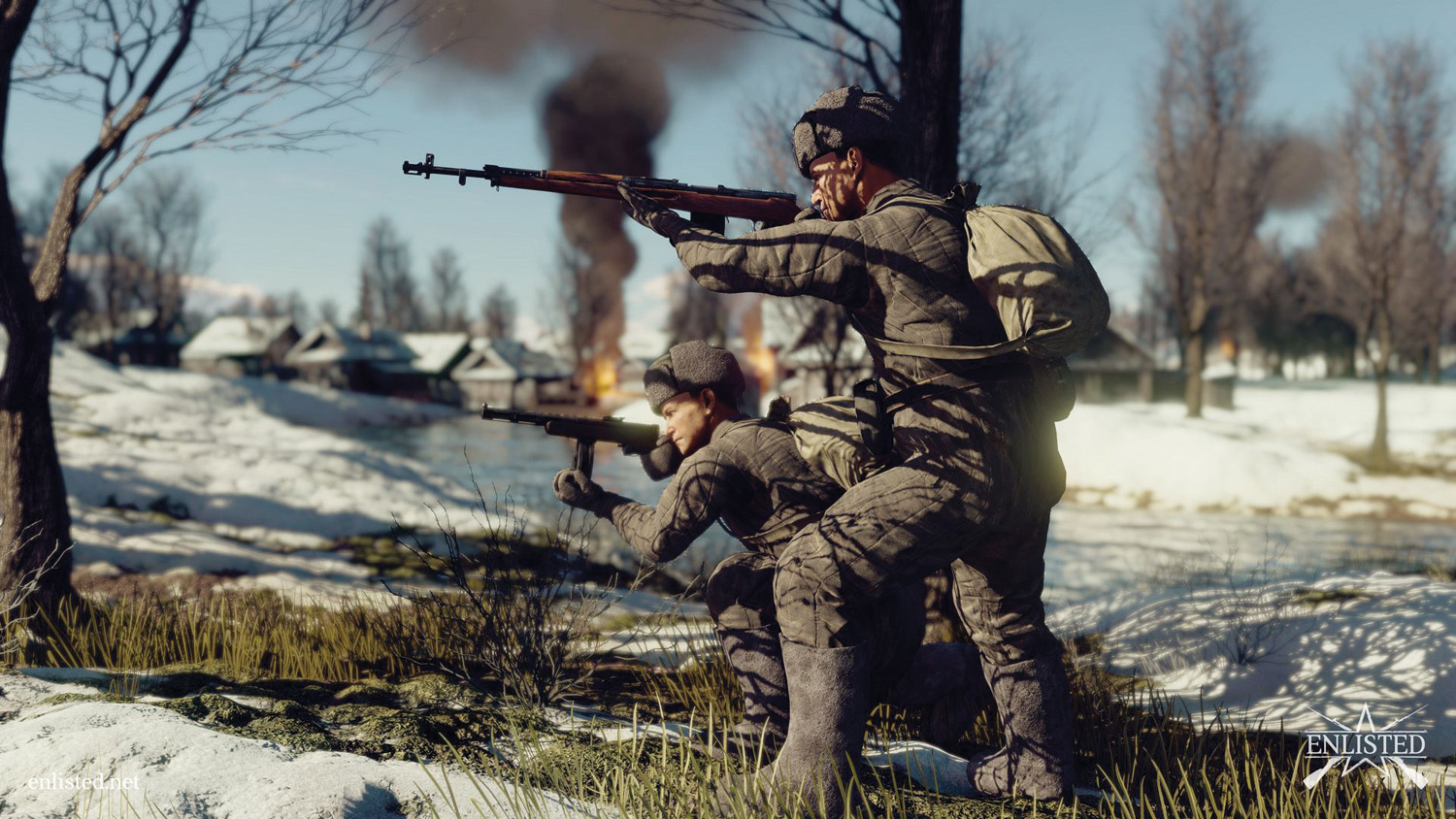
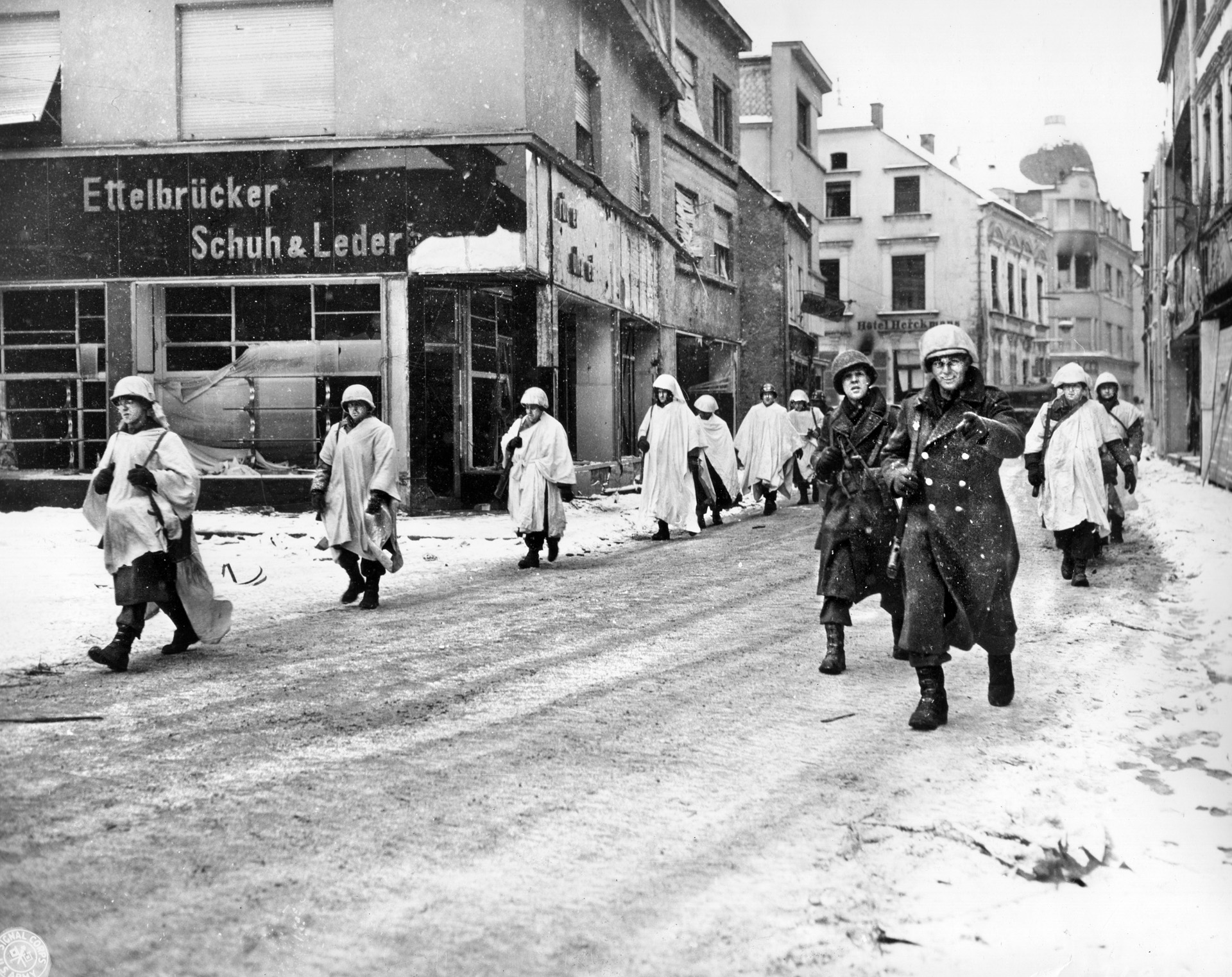
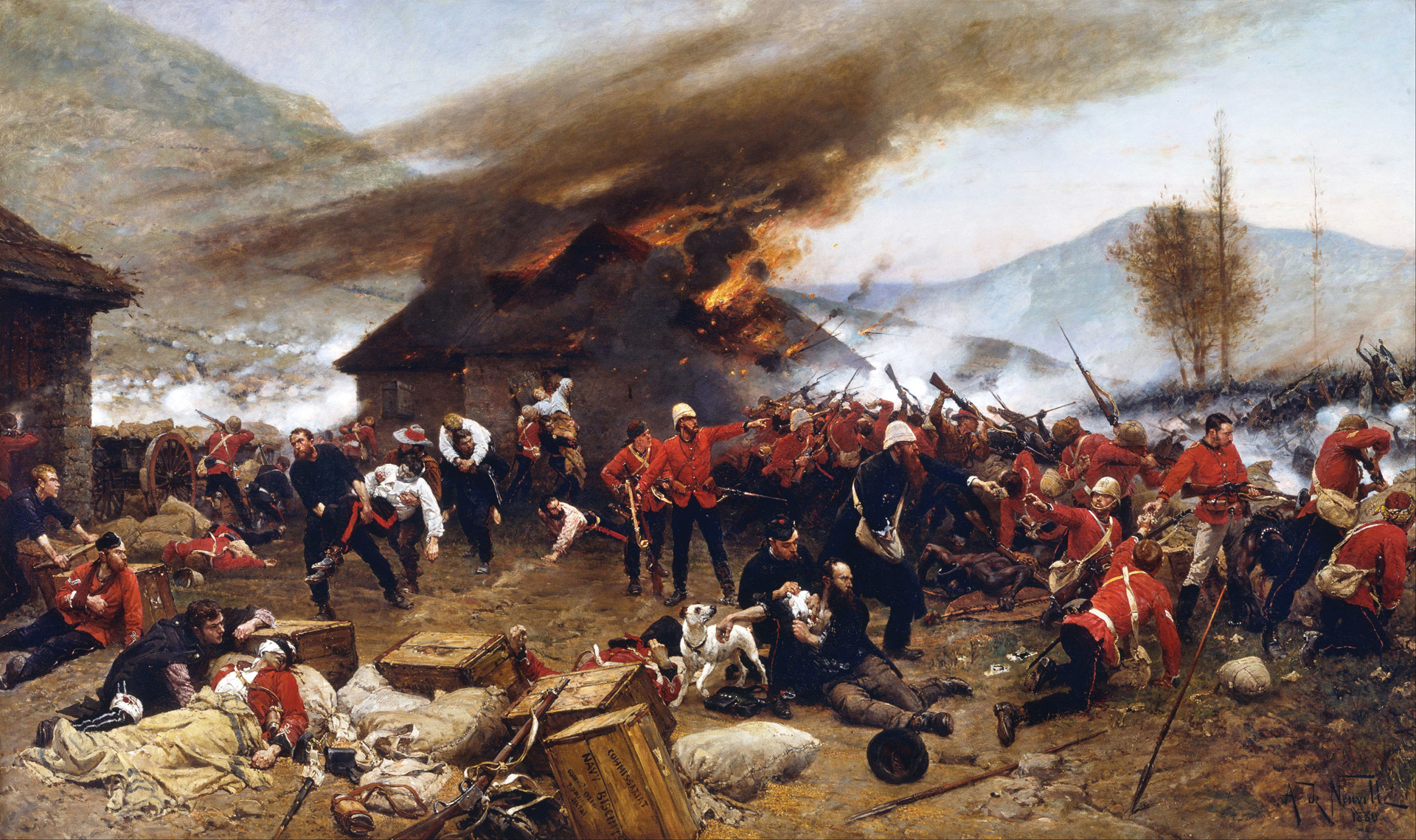
Join The Conversation
Comments
View All Comments